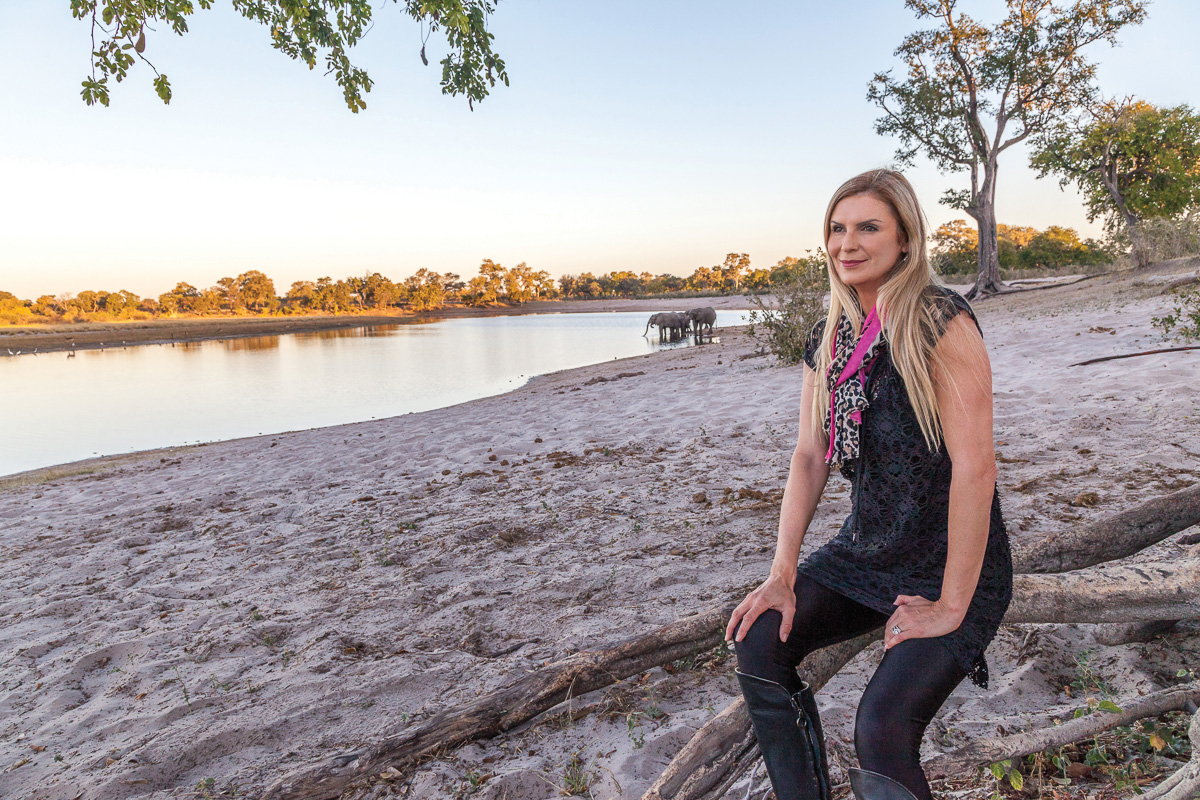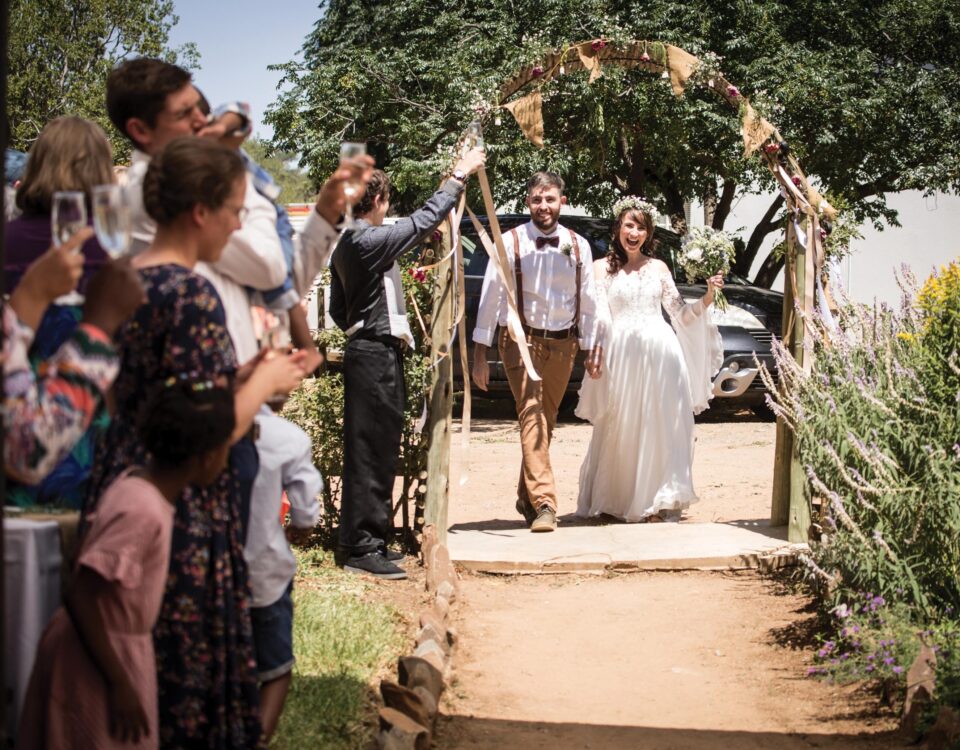
Photographer Feature: Laurent Hesemans
September 4, 2019
The Sijwa Project Approach to Sustainable Tourism
September 5, 2019Of all the top things Namibia is known for, wine is not really on the list. It’s time that we introduced you to the establishments on Namibia’s very own wine route and, of course, the wines they produce. Travel News Namibia‘s own wine expert/connoisseur, Le Roux van Schalkwyk, explores…
WELL, THAT’S A BOLD STATEMENT
Let’s get some things out of the way first. As for being the longest wine route in the world, our route falls 100 km short.
Route 62 in South Africa claims to be the longest as it takes you from Cape Town to Port Elizabeth covering a distance of 850 km, while our route comes in at just over 750 km. We lost the title of having the world’s most arid vineyard to a vineyard on the edge of the Atacama Desert, which is the driest nonpolar place on Earth. Our wine route, however, is surely the prettiest in the world, though no doubt there will be those who argue that nothing beats green landscapes with rolling vineyards (as Namibians we know better).
So, which name to give to a wine route that includes stunning landscapes, friendly people, national parks and quaint little towns along the way? It certainly makes for a road trip of legendary proportions that can best be described as epic.
The first thing to remember is that the route featured here is simply the shortest, but by no means does it have to be followed as is. There is so much on offer on either side of the road that taking detours is highly recommended. And remember, this is not a race. Take your time, there is lots to see and lots to appreciate along the way.
ATTRACTIONS IN THE AREA
• Visit the natural mountain springs of Namib-Naukluft National Park.
• See the world-famous Sossusvlei and Sesriem Canyon.
• Go further south to NamibRand and get lost in the expanse of the largest private nature reserve in southern Africa.
• Head north to Namib-Naukluft National Park and experience the oldest desert in the world.
NEURAS WINE & WILDLIFE ESTATE
Starting off with the oldest vines, Neuras is situated in the foothills of the Naukluft Mountains and is known as the vineyard with the second-driest terroir in the world. The name Neuras originates from the local Koikoi language, meaning “place of abandoned water” in reference to the five springs that rise along a geological fault line. During Namibia’s German colonial era a farmer by the name of Ernst Hermann started growing vegetables and cereals at Neuras in 1894 to feed the Schutztruppe (colonial troops) that patrolled the district. He also planted some table grapes. More than a century later these same table grapevines are still producing fruit and inspired Allan Walkden-Davis, the predecessor of the current owner, to plant a vineyard and produce an arid terroir wine.
Walkden-Davis and his wife Sylvia planted Shiraz, Merlot and Petit Verdot in 1998 and bottled the first Neuras wines in 2001. In 2012 Neuras was bought by its current owners, N/a’an ku sê, who have since increased the original 1.2 hectares of vines to just under 4 hectares. N/a’an ku sê has also expanded to combine their ecotourism brand with wine-making and wildlife conservation.
The Neuras range consists of three red wines: Neuras Shiraz, the Neuras Triple Cultivar Blend (Shiraz, Mourvèdre and Grenache) and the Neuras Triple Clone Shiraz (three different clones of Shiraz grown in the same block). At around 5000 bottles per year this is no commercial winery, but like the other wineries in Namibia, that is what makes it special. It is interesting to note that the country’s first rum and brandy were distilled at Neuras.
Apart from lovely accommodation on the farm, Neuras is also home to seven cheetahs brought there as a result of human-wildlife conflict. Guests can view the feeding of these cats and learn more about the conservation efforts of N/a’an ku sê.
ERONGO MOUNTAIN WINERY
The latest Namibian winery and also the largest, Erongo Mountain Winery was started by Wolfgang and Esther Koll. Its first vintage was produced in 2014. The 9-hectare piece of land originally had an olive grove of about 3500 trees, but due to extremely cold temperatures one winter’s night, most of the plants died. It was then decided to plant a vineyard and start a winery instead.
The winery boasts four red blends, three white wines as well as a fruit-flavoured sparkling wine made from the indigenous maguni fruit harvested in the Kavango Region. Situated on the northern bank of the Omaruru River just west of the town, the picturesque tasting room and restaurant overlook the small vineyard. As the only winery with its own small bottling plant and labelling machinery, one could call it the most commercial winery in Namibia.
Make sure to stay for lunch after a tasting. The German-French cuisine with Mediterranean influences, local specialties and rarities prepared by Michelin-star chef Frederic Lutz is the perfect accompaniment to their range of wines.
KRISTALL KELLEREI
Guarded by ancient camelthorn trees, Kristall Kellerei and its vineyards are situated two kilometres east of Omaruru on the southern bank of the Omaruru River. Here it is a common sight to see camelthorn pods scattered among grapevines.
Kristall Kellerei started in 1990 when wine-lover Helmut Kluge planted the first vines on land chosen for water availability and a general lack of frost. The first vintage year was 1996 and made him the first winemaker in Namibia after Windhoek’s Catholic mission station (see box on right).
Early in 2008 another wine-lover, Michael Weder, bought Kristall Kellerei from Kluge and added Malbec, Mourvèdre, Shiraz and Barbera to the existing varieties of Colombard and Tinta Barocca. Apart from the Sunbird Late Harvest Colombard, Rüppels Parrot Colombard and the Paradise Flycatcher red blend (Cabernet Sauvignon, Ruby Cabernet, Tinta Barroca) guests can also taste the impressive range of spirits produced at the Naute Kristall Distillery 550 km south of Windhoek, close to Keetmanshoop where Weder now resides.
DID YOU KNOW?
Although Kristall Kellerei does not hold the record for the first wine produced in Namibia, it does lay claim to being the first winery. The first wine was made in the 1890s at the Catholic mission station in today’s suburb of Klein Windhoek. Wine was made for administering during communion, as the costs of imports from the Cape Colony or Europe were too extravagant.
ATTRACTIONS IN THE AREA:
• Climb to the top of scenic Spitzkoppe.
• Visit the historic town of Swakopmund.
• Spot wildlife at Erindi Private Game Reserve.
• Learn more about big cat conservation at Okonjima Nature Reserve.
• Discover the wonders of Waterberg National Park.
WHAT IS TERROIR?
One of those words that put blank expressions on people’s faces when used in wine-talk, but seldom anyone asks what it means. Terroir is the French word to describe all of the environmental factors that can influence the distinctive character of wine grapes and therefore the wine made from them. The factors include soil type, climate, geomorphology and even organisms growing in, on, and around the vine blocks.
ATTRACTIONS IN THE AREA:
A short drive north will take you to world-famous Etosha National Park.
Head northeast to discover the wild beauty of the Kavango and Zambezi regions.
THONNINGII WINE CELLAR
Nestled in the heart of the gorgeous Otavi Mountain Valley, Thonningii Wine Cellar with its rustic stone cellar imparts the feeling of visiting old family friends on their farm. The founder of Thonningii, Dr Bertus Boshoff, a medical doctor by profession, planted the first vines on his plot in 1991. Although the first vintage was only produced in 2005, there had been a lot of experimentation to find out which cultivars were best adapted to the terroir of the valley. Luckily for Dr Boshoff, the apple didn’t fall far from the tree as his son Gilmar studied viticulture and oenology, and after a few years of gaining experience in the industry in South Africa returned to become winemaker at Thonningii.
Today the farm consists of 5.5 hectares of Shiraz, Tinta Barocca, Barbera, Viognier, Colombard and Verdelho vines, from which some delightfully elegant wines are produced. As with the other wineries, production is on a small scale, at around 7000 bottles per year, which comprise a white and a red blend, a Shiraz rosé, Shiraz, Tinta Barocca, Barbera and even a Grappa. Have a snack platter with your wine tasting. They are heaven for any foodie, stacked with farm-produced treats prepared by Gilmar’s mother Ebbie.
For those who wish to stay for the night, Otavi Vineyards Self-Catering and Camping run by Gilmar and his wife Tamara offers rustic cottages and campsites overlooking the picturesque vineyard
This article was first published in the Spring 2019 issue of Travel News Namibia.


